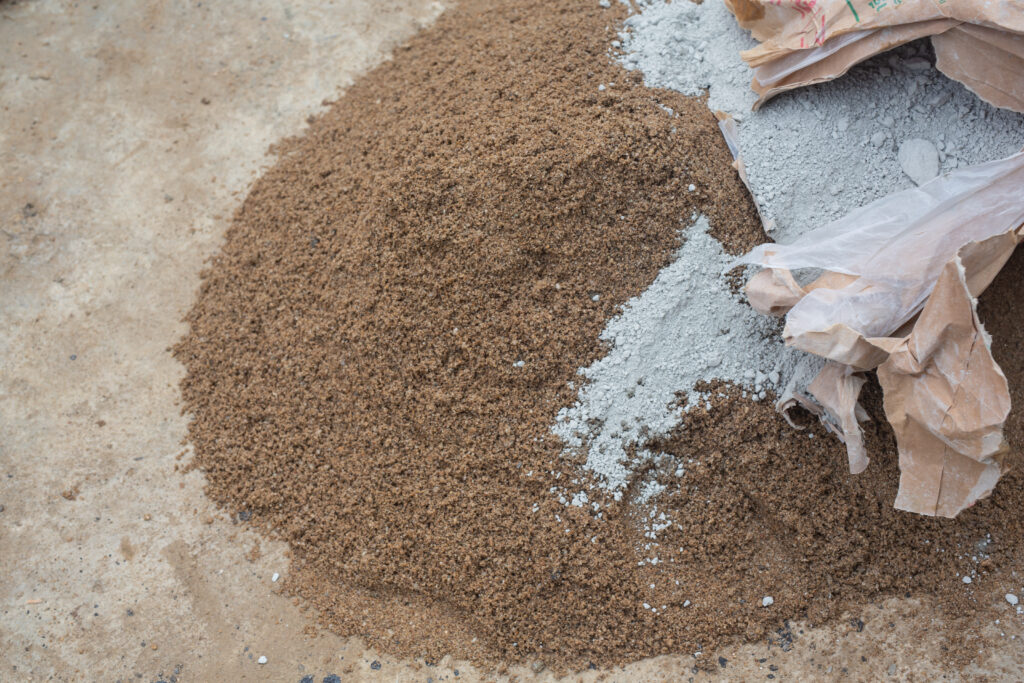Rate Analysis of Concrete- Cost Analysis calculator , the ultimate tool for accurate and efficient concrete cost estimation. Whether you’re a contractor, quantity surveyor, or DIY enthusiast, this calculator allows you to determine the precise cost of concrete for any mix proportion, ensuring your projects stay on budget and on track.

How to Use the Concrete Rate Analysis Calculator:
- Select Concrete Grade:
- Choose the concrete grade you need for your project from the dropdown menu (e.g., M15, M20, M25).
- If you have a custom mix ratio, select the “Custom” option and enter your specific mix proportions.
- Enter Total Volume:
- Input the total volume of concrete required for your project in cubic meters (Cum).
- Input Material Costs:
- Enter the cost of cement per bag, sand per cubic meter, and aggregate per cubic meter in the respective fields.
- Specify the cost of admixture per liter and the dosage per cubic meter for precise admixture calculations.
- Enter Labour and Tools Costs:
- Provide the labor cost per cubic meter.
- Input the tools and plant cost per cubic meter to account for equipment expenses.
- Calculate:
- Click the “Calculate” button to get an instant breakdown of your concrete costs.
- The calculator will display a detailed summary, including cement, sand, aggregate, admixture, labor, and tools costs.
- Review the Detailed Calculation:
- Scroll down to see a comprehensive breakdown of each component’s volume, weight, and cost.
- A summary table will provide a clear overview of all the costs, including profit margins and the final rate per cubic meter.
This calculator simplifies the process of estimating rate analysis of concrete , helping you make informed decisions for your construction projects. Whether you’re a professional or a DIY enthusiast, this tool ensures accuracy and efficiency every time.
Concrete Rate Analysis Calculator
Here are 15 key points to consider in the rate analysis of concrete:
1. Material Costs: The price of materials like cement, sand, aggregates, and admixtures is a crucial factor in determining the overall rate analysis of concrete.
2. Mix Proportions: The specific mix ratios of cement, sand, and aggregate (e.g., 1:2:4 for M15) directly influence the material quantities and rate analysis of concrete.
3. Cement Quantity: The number of bags required for the desired mix and the cost per bag are fundamental to accurate rate analysis of concrete.
4. Sand Quality and Cost: The type and grade of sand used, along with its cost per cubic meter, impact the finalrate analysis of concrete.
5. Aggregate Size and Cost: The size and type of aggregate, whether 20mm or 10mm, and its cost per cubic meter affect the rate analysis of concrete.
6. Admixture Dosage: The type and dosage of admixtures per cubic meter, such as plasticizers or retarders, contribute to the mix performance and rate analysis of concrete.
7. Labor Costs: The expense for labor involved in mixing, placing, and finishing concrete is a significant component of the total cost.
8. Tools and Plant Costs: The cost associated with the use of tools and plant equipment per cubic meter of concrete.
9. Miscellaneous Costs: Additional expenses, such as transportation, handling, and waste management, often calculated as a percentage of the material cost.
10. Profit Margin: A percentage of the total cost, including materials, labor, and miscellaneous expenses, ensures profitability for the contractor.
11. Dry Volume Factor: The dry volume factor (e.g., 1.54) accounts for the bulking of materials and is essential for accurate quantity estimation.
12. Waste Management: Accounting for potential wastage of materials during mixing and placing, which can impact overall rate analysis of concrete.
13. Water-Cement Ratio: Maintaining the correct water-cement ratio is vital for achieving the desired strength and workability without increasing costs.
14. Grade of Concrete: The choice of concrete grade (e.g., M15, M20, M25) determines the mix proportions, material quantities, and rate analysis of concrete.
15. Local Availability of Materials: Proximity to suppliers and the availability of materials locally can reduce transportation costs and influence the rate analysis of concrete.
Leave a Comment